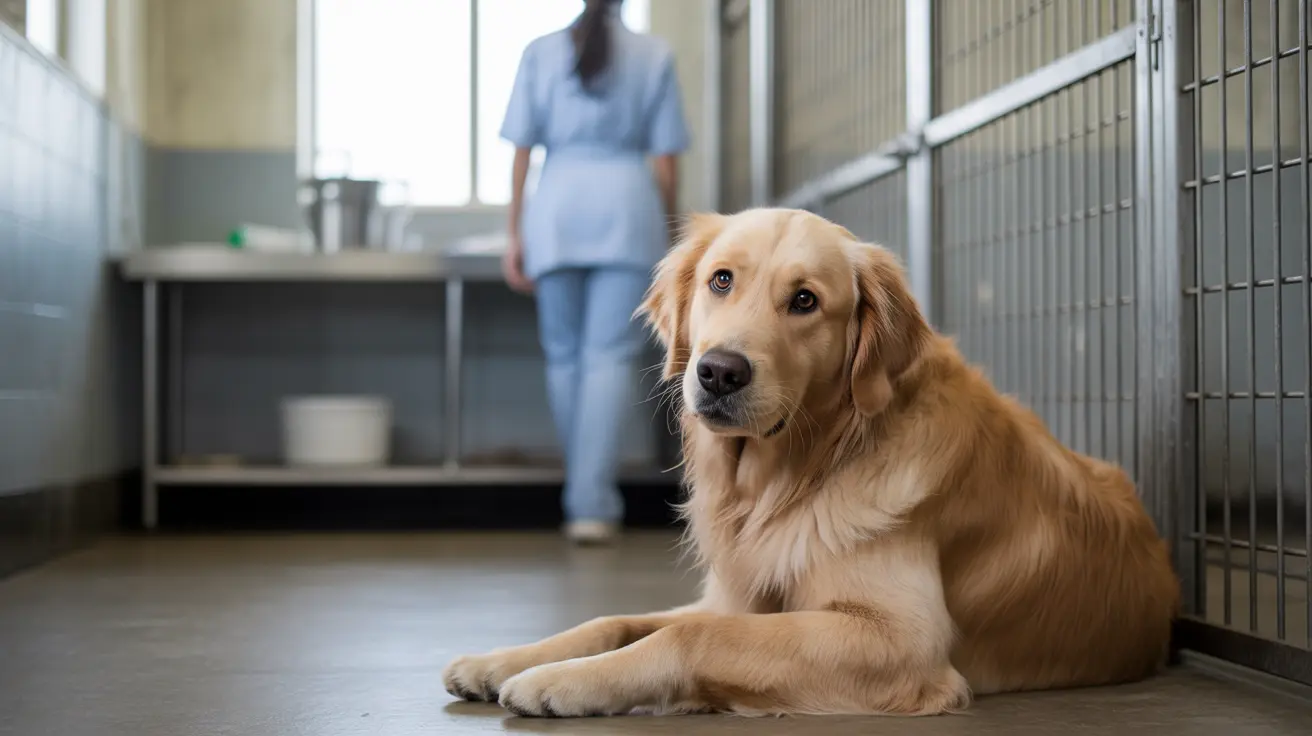Understanding the High Costs of Spaying Your Pet
The cost of spaying a dog can be surprisingly high for many pet owners, often ranging from $200 to over $700 depending on a variety of factors. While this price tag may seem steep at first glance, it's important to recognize the many components that contribute to the cost and the value provided by the procedure.
What Is Spaying and Why Is It Important?
Spaying involves the surgical removal of a female dog’s reproductive organs, specifically the ovaries, uterus, and fallopian tubes. This procedure, known as an ovariohysterectomy, prevents pregnancies and eliminates heat cycles. It also provides significant health benefits, such as reducing the risk of reproductive cancers and potentially increasing a dog’s lifespan.
Breakdown of Spay Procedure Costs
Many aspects play into the final cost of a spay surgery, and each has its own line item:
- Pre-operative exam and blood work: $50–$250 for the exam, $80–$200 for lab tests
- Pre-anesthetic sedation: $120–$140
- Anesthesia: Costs vary depending on the dog's size and condition
- IV fluids and catheter: $60–$75
- Pain medication: $40–$80, including antibiotics if needed
- Elizabethan collar: $12–$40
- Monitoring and post-surgical care: Included in various parts of the package
The total cost accumulates quickly due to the individualized, high-quality medical attention each pet receives.
Factors Influencing the Price
The price of spay surgery also varies because of:
- Dog size: Larger dogs require more anesthesia and time
- Age: Older pets may need extensive monitoring or additional testing
- Breed: Certain breeds need tailored care or anesthesia
- Medical conditions: Dogs in heat, pregnant, or with pyometra incur extra fees
- Clinic type: Private practices generally charge more than shelters or nonprofits
- Location: Urban and high-cost-of-living areas tend to charge higher rates
Alternative Options for Lower Costs
For those unable to afford standard veterinary clinic prices, there are options:
- Low-cost veterinary clinics: Charges between $100–$300
- Shelters and humane societies: Often offer procedures under $150 or even free
- Nonprofit veterinary organizations: Some spay procedures cost as little as $105
- Voucher/assistance programs: Available in some states based on income eligibility
Health and Behavioral Benefits
Investing in spaying your pet offers both health and behavioral dividends:
- Prevents unplanned pregnancies
- Eliminates risk of pyometra, a life-threatening uterine infection
- Reduces risk of ovarian and uterine cancers
- Lowers risk of mammary tumors if done before the first or second heat
- Potentially increases lifespan
When to Spay Your Dog
The timing of the surgery can influence health outcomes:
- Small breeds: Typically spayed around 5–6 months of age
- Large breeds: May wait until 9–15 months to reduce orthopedic risks
Risks and Postoperative Care
While the procedure is generally safe, pet owners should be aware of possible risks:
- Complications from anesthesia
- Infection or bleeding at the incision site
- Weight gain post-operation, manageable with activity and diet
- Incontinence in rare cases for spayed females
Post-op care usually involves:
- Restricted activity for 10–14 days
- Wearing an Elizabethan collar to prevent licking
- Monitoring the incision for redness or discharge
Insurance and Financial Planning
Standard pet insurance plans don’t cover elective spay surgeries, but:
- Wellness plans may reimburse $100–$150 for spay services
- Spaying saves money in the long-term by preventing costly health issues
Conclusion
While the upfront costs for spaying a dog might seem high, they cover a range of necessary and potentially life-saving services. Moreover, there are lower-cost options and assistance programs available for pet owners who qualify. Ultimately, spaying is a worthwhile investment in your pet’s health and contributes to controlling the pet population.





